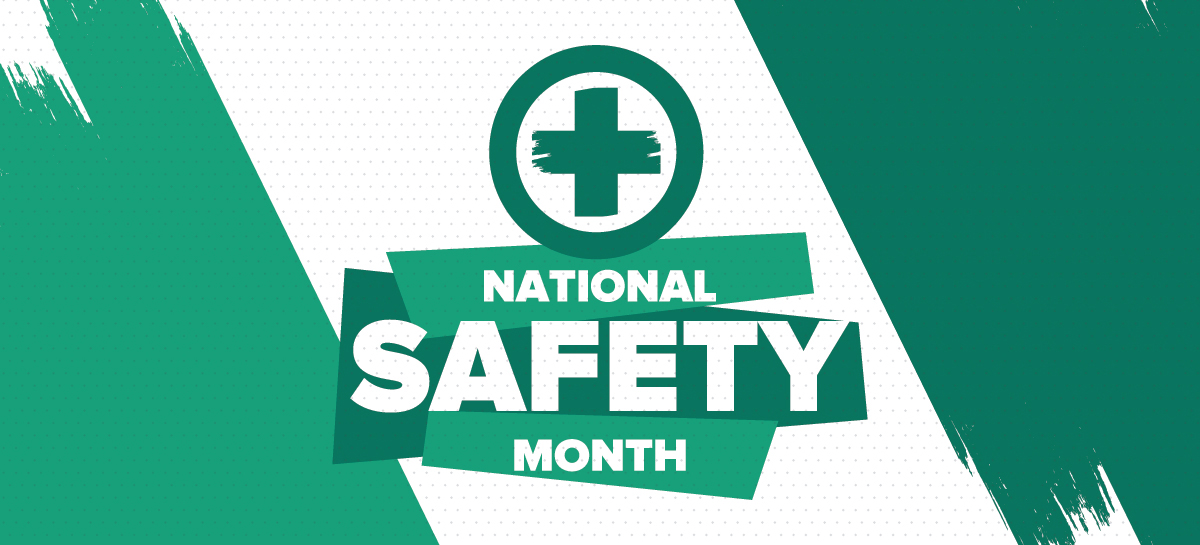
National Safety Month 2021 – Join Employco and the National Safety Council (NSC) to recognize the 25th anniversary of National Safety Month, an annual observance to help keep each other safe from workplace accidents and injuries.
Employer’s Safety Initiatives and Reputation – The COVID-19 (coronavirus) pandemic continues to validate the importance of an employer brand during a crisis. As employees return to the workplace, organizations must prioritize safety. If return-to-work plans go wrong and employee safety is not a top priority, not only will the health and safety of employees be at risk—but the organization’s reputation will be as well. A new HR Insights article was recently released to explore how safety impacts an employer’s brand, reputation and recruiting efforts—and how to transparently highlight safety measures taken to prevent the spread of COVID-19 in the workplace with current and prospective employees and the general public. Click the following link to read the article: Employee Safety Initiatives During the COVID-19 Pandemic


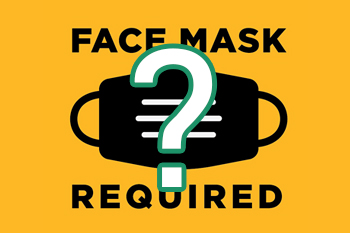 In recent weeks, mask mandates have lifted around the country. It should have been a moment of joy, but for many employers, it’s caused
In recent weeks, mask mandates have lifted around the country. It should have been a moment of joy, but for many employers, it’s caused 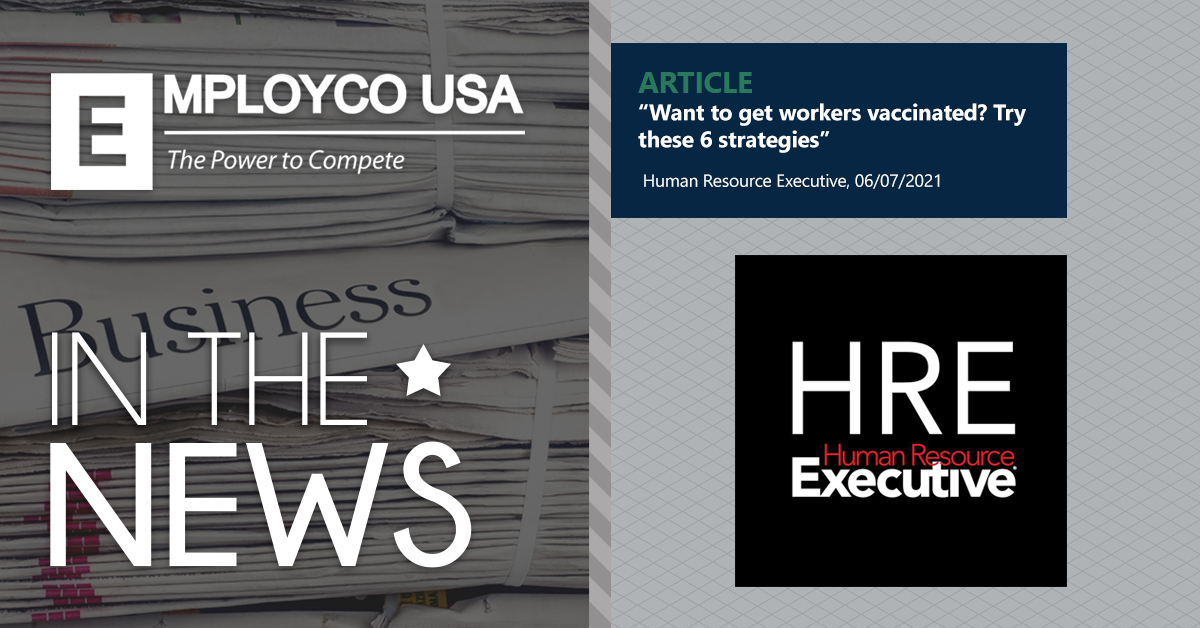
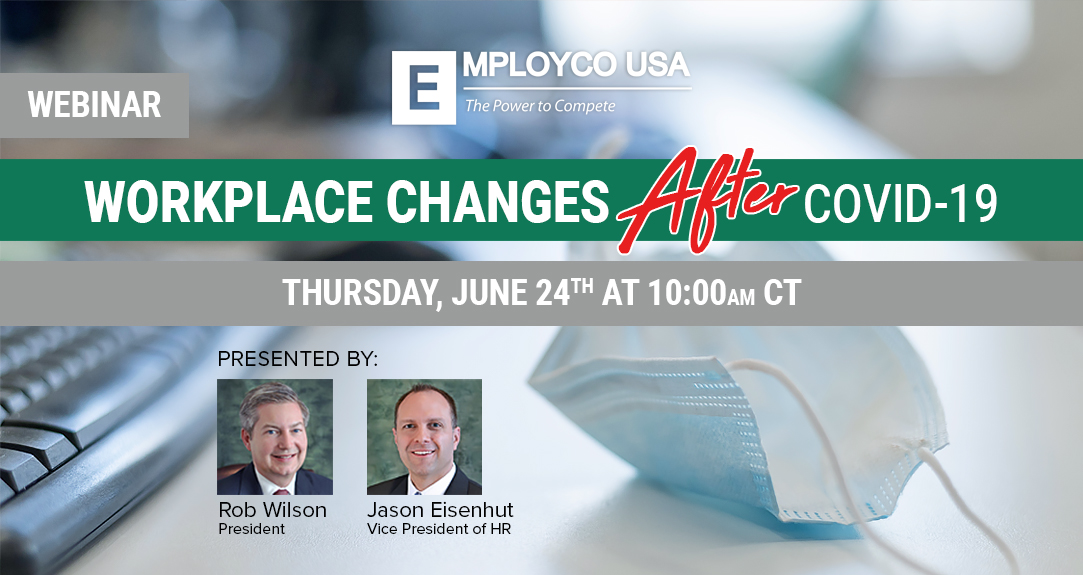
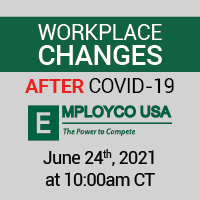
 Last year, more than
Last year, more than